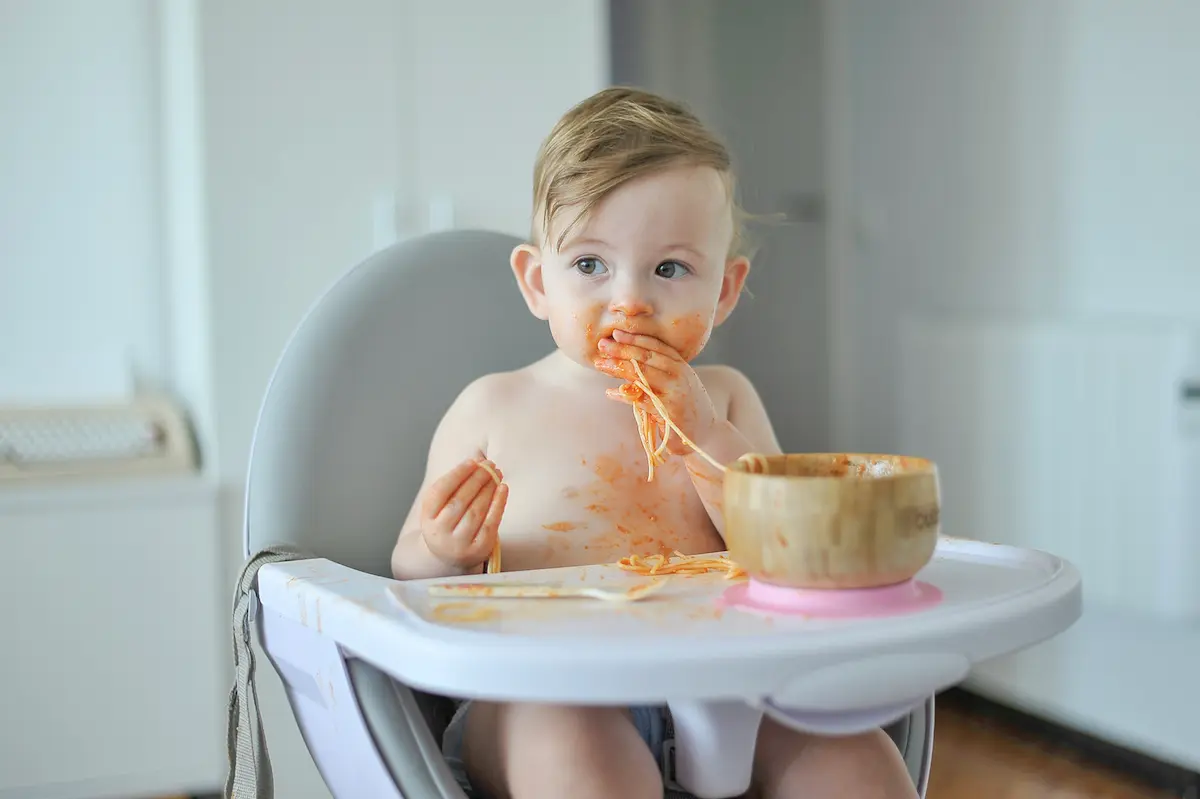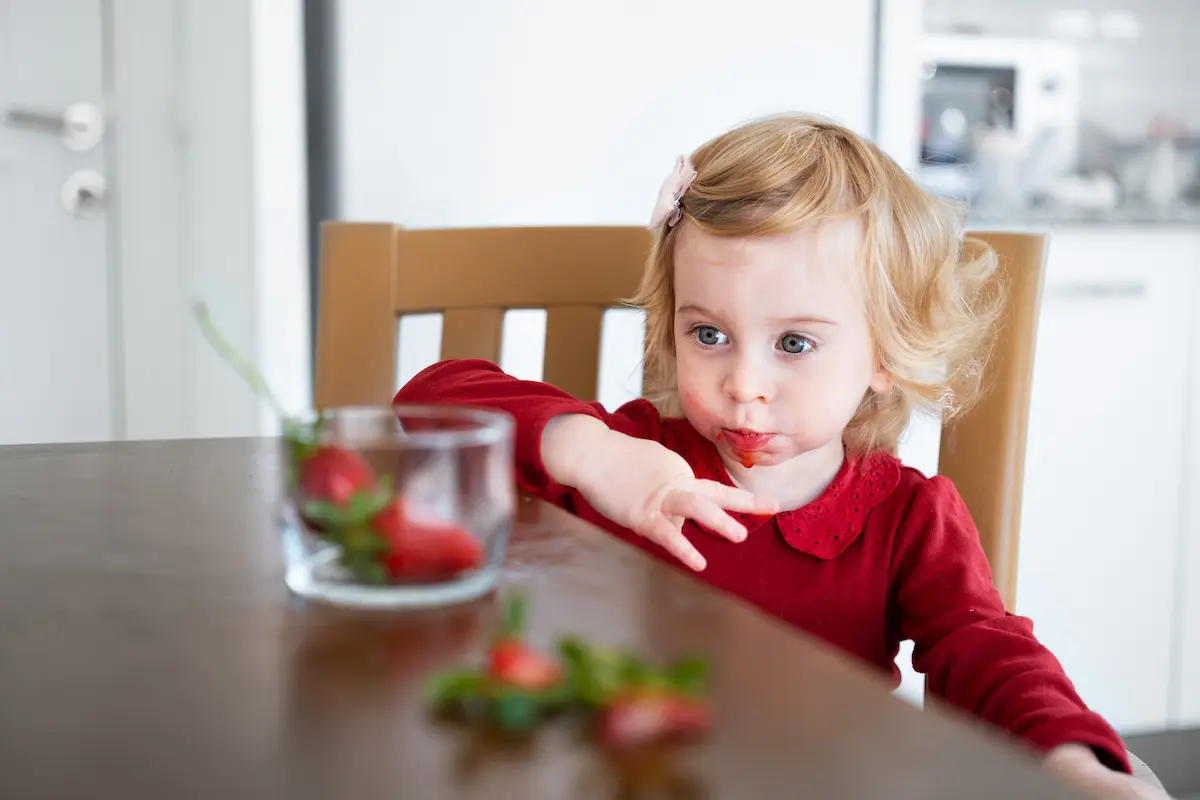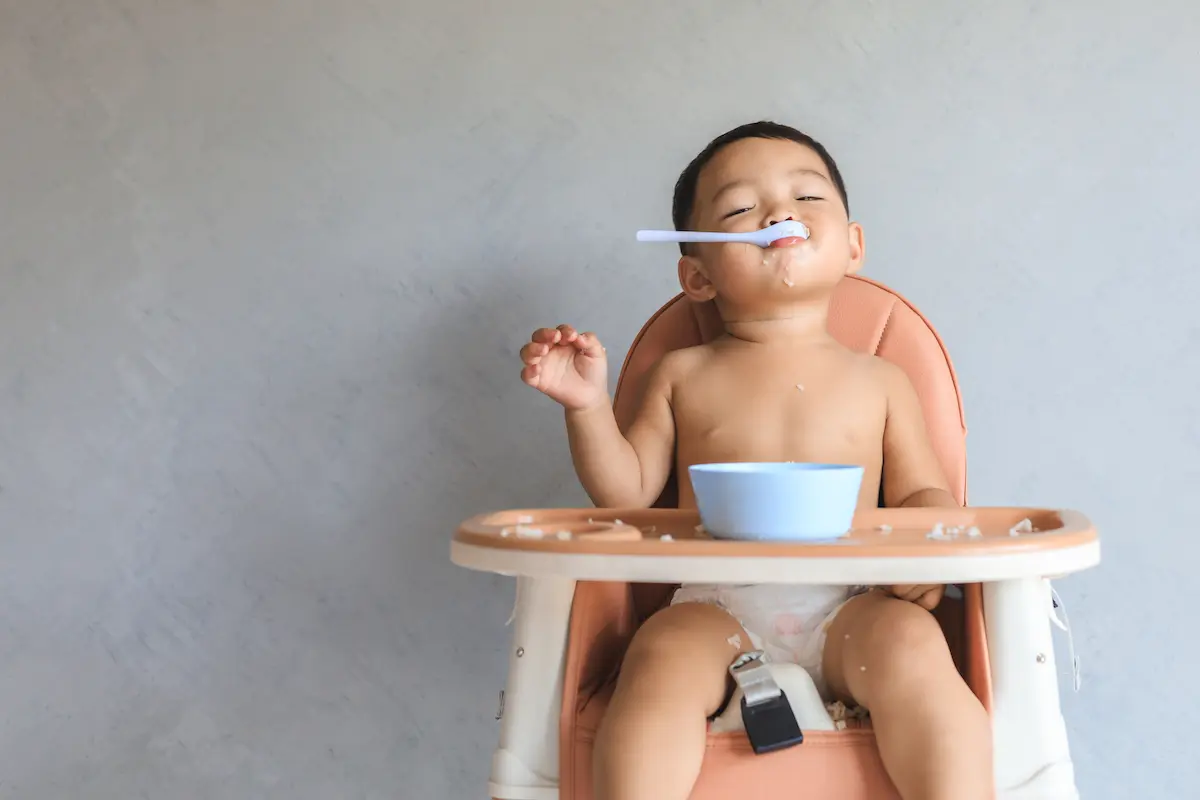We have often heard that one factor that impacts baby sleep is attachment, but what is attachment?
Attachment can be defined as an emotional bond established between babies and their closest caregivers, usually their mother. This bond starts being formed before the child is born and is strengthened in early childhood.
John Bowlby (1907-1990), a child psychiatrist and psychoanalyst, proposed the attachment theory on the understanding that these primary bonds that are formed are essential, among others, for a baby’s social, moral and motor development. In addition, they not only affect a person’s interactions during childhood but can determine behaviour patterns for a lifetime.
Later, Mary Ainsworth (1913-1999) corroborated Bowlby’s postulates and also stated that the different types of attachment depend on the availability of close caregivers (or the mother) to meet babies’ needs.
There are four types of attachments: secure, avoidant, anxious-ambivalent and disorganised.
Secure attachment
This type of attachment is characterised by caregivers’ timely and empathic response to infants’ needs. Children with a secure attachment trusts their parents or caregivers to be there for them, feel accepted and unconditionally supported and also feel at ease to explore the world. This type of attachment contributes the most to the development of children because it encourages their autonomy and self-confidence.
Avoidant attachment
Avoidant attachment is a type of insecure attachment that occurs when parents or caregivers fail to see to the children’s needs. In these cases, parents show little understanding of their children’s emotions, so these children believe that the best thing they can do is avoid or inhibit their emotions and affective needs and may in the long term become distant, distrustful and scarcely empathic.
Anxious-ambivalent attachment
In this case, parents or caregivers are unpredictable faced with their children’s needs, for they may sometimes see to them promptly but at other times prove unwilling to be supportive of their children. This type of attachment is characterised by change and inconsistency. Children developing this type of attachment find it hard to explore the world, are not very autonomous and suffer from separation anxiety. In adulthood, they may have relationship trust problems and become emotionally dependent individuals.
Disorganised attachment
Parents who establish links based on disorganised attachment usually neglect to see to their children’s needs and may also show violent behaviour. These children are characterised by constant fear, confusion, seeking and rejecting their caregivers and having a hard time managing separation anxiety. This is the type of attachment that can have the most negative repercussions on the development of children.
Now then, attachment and sleep are very closely related because, depending on the type of bond established with children, it will be easier or not to teach them to sleep autonomously, calm down and sleep through the night. You may rightly assume that a secure attachment is the most beneficial of all for the psychological development of infants and also gives them the confidence and autonomy they need to learn to sleep alone.













